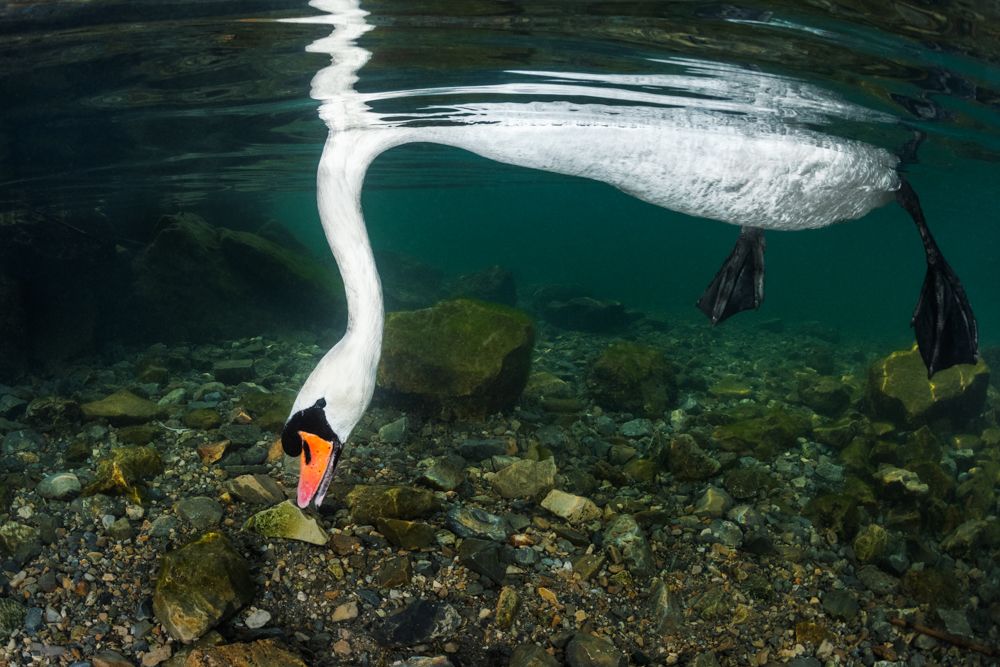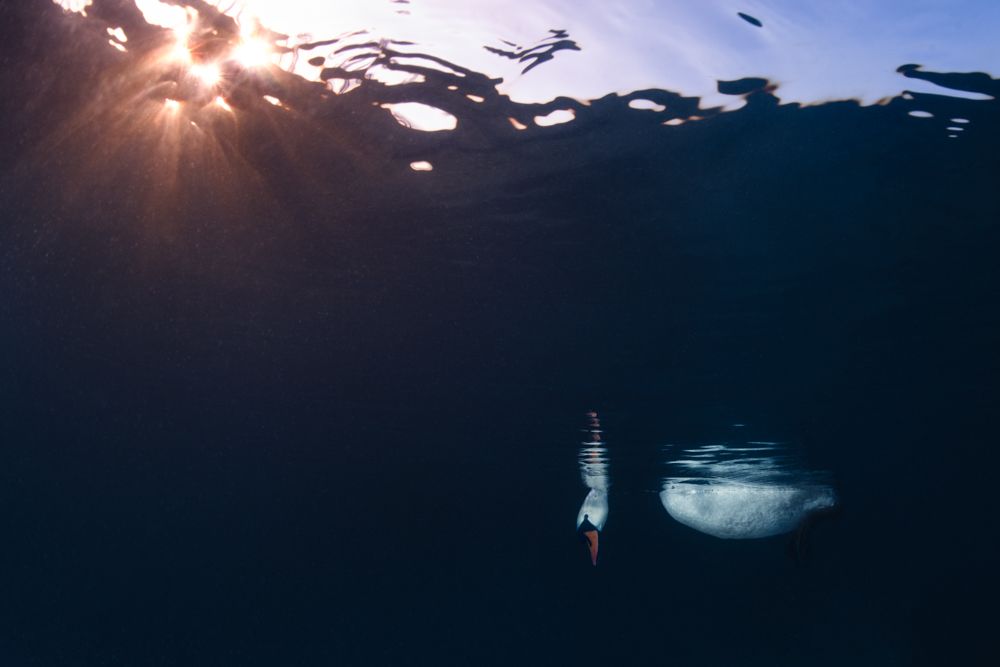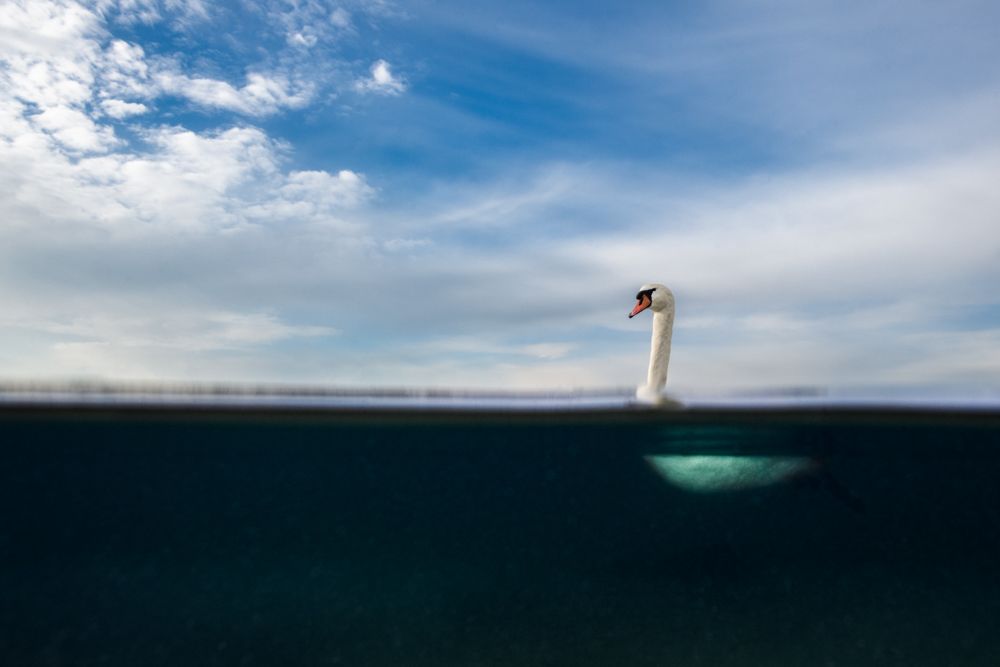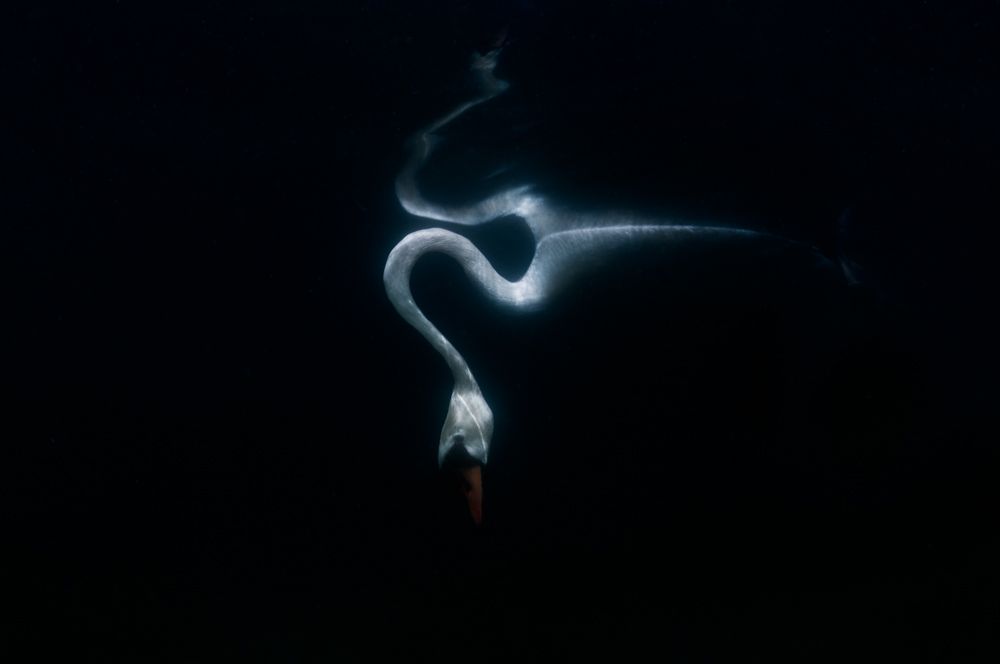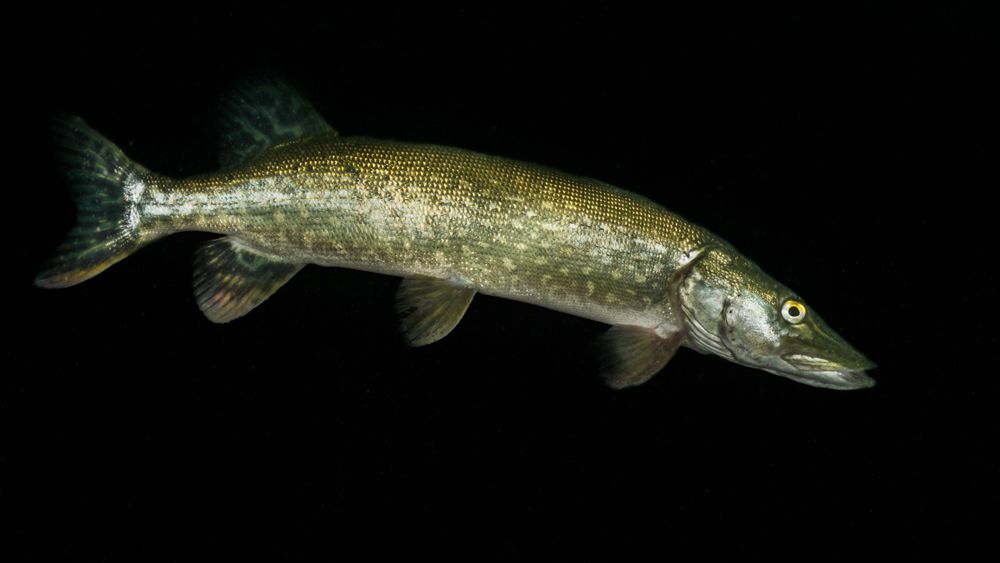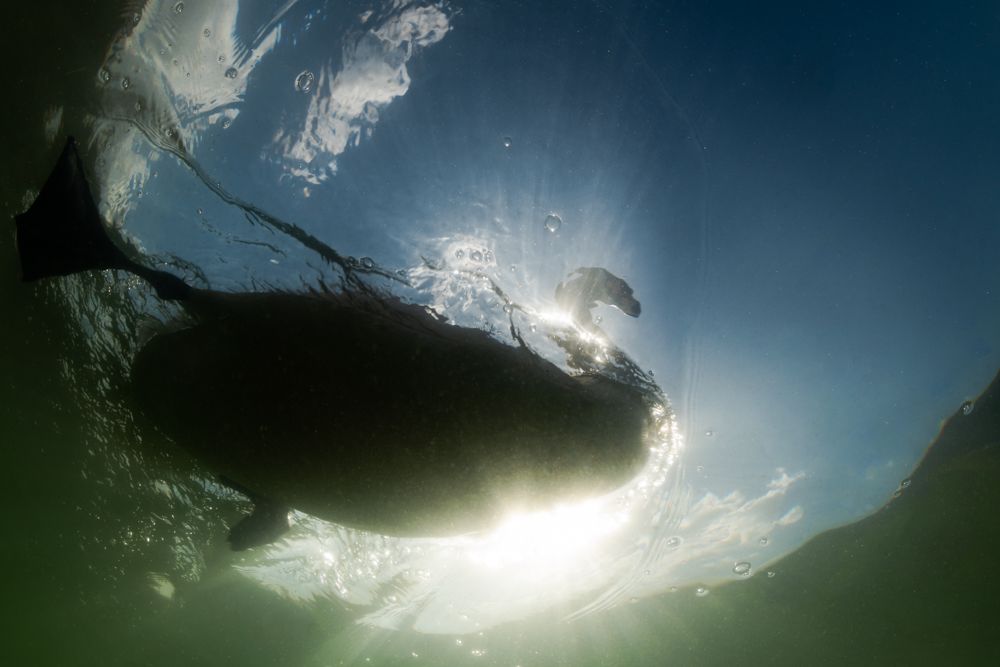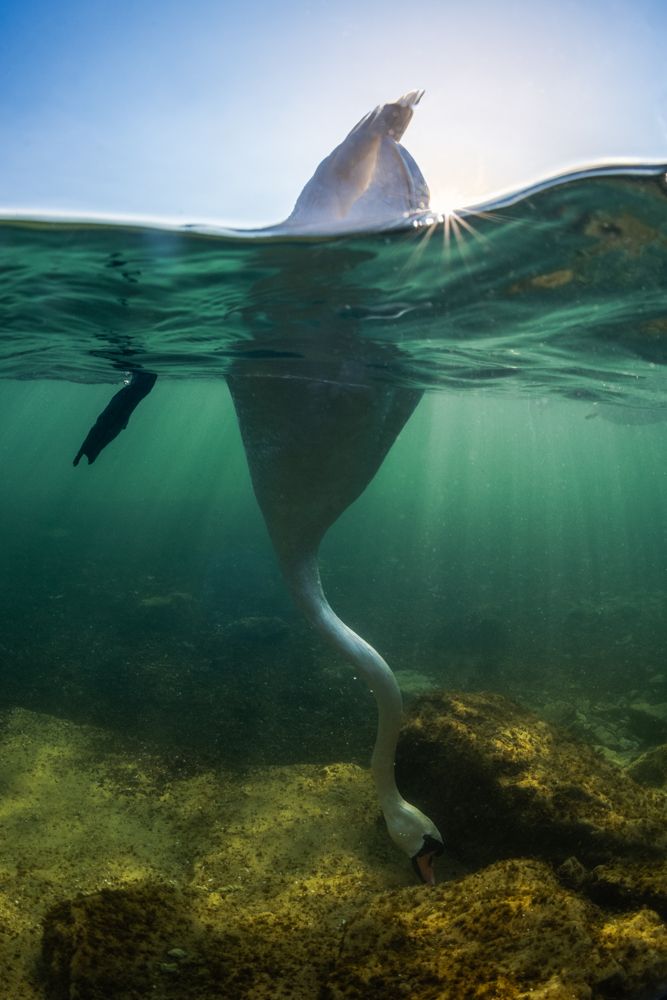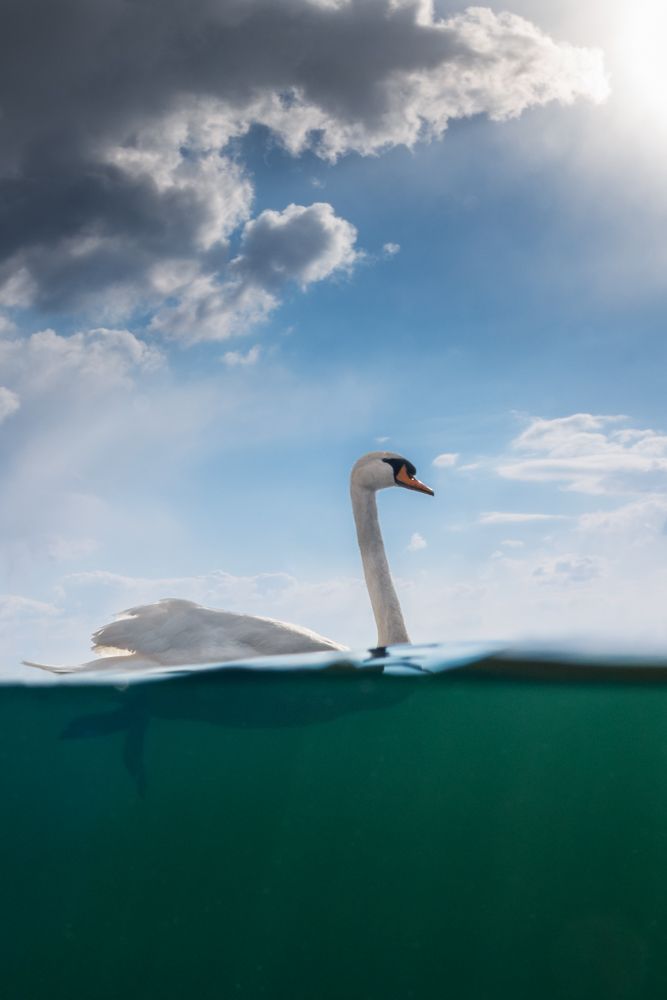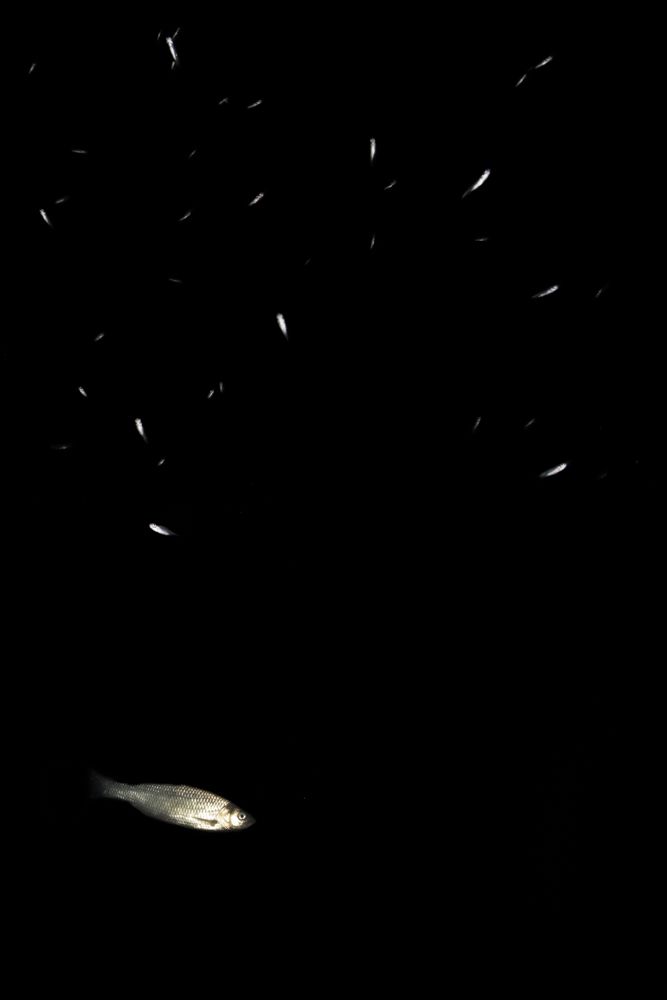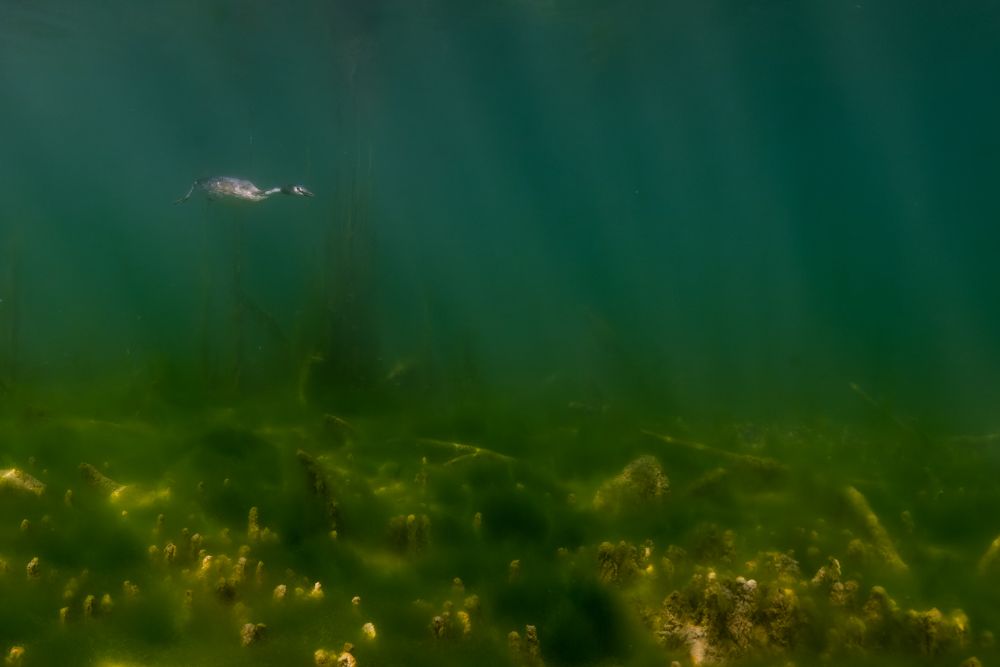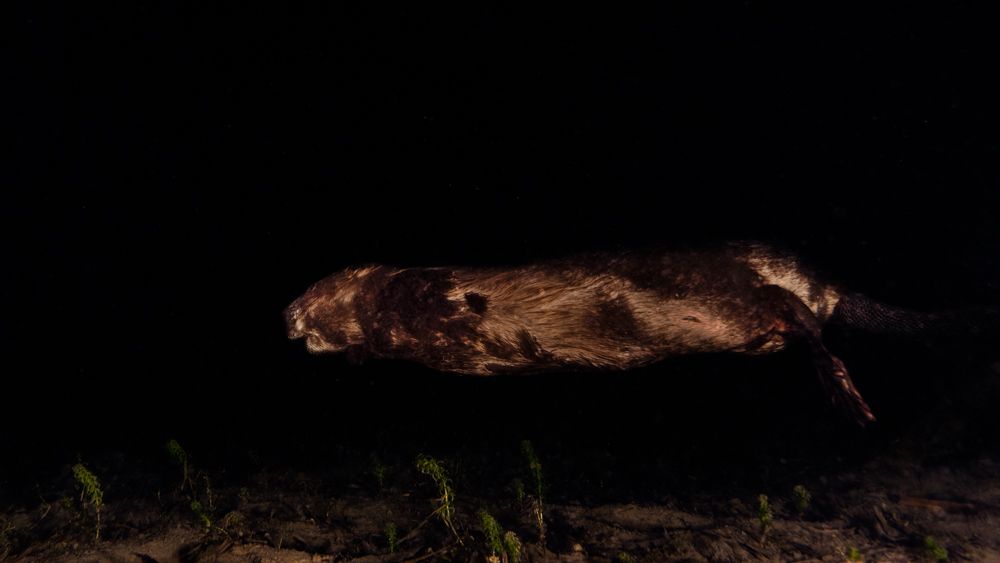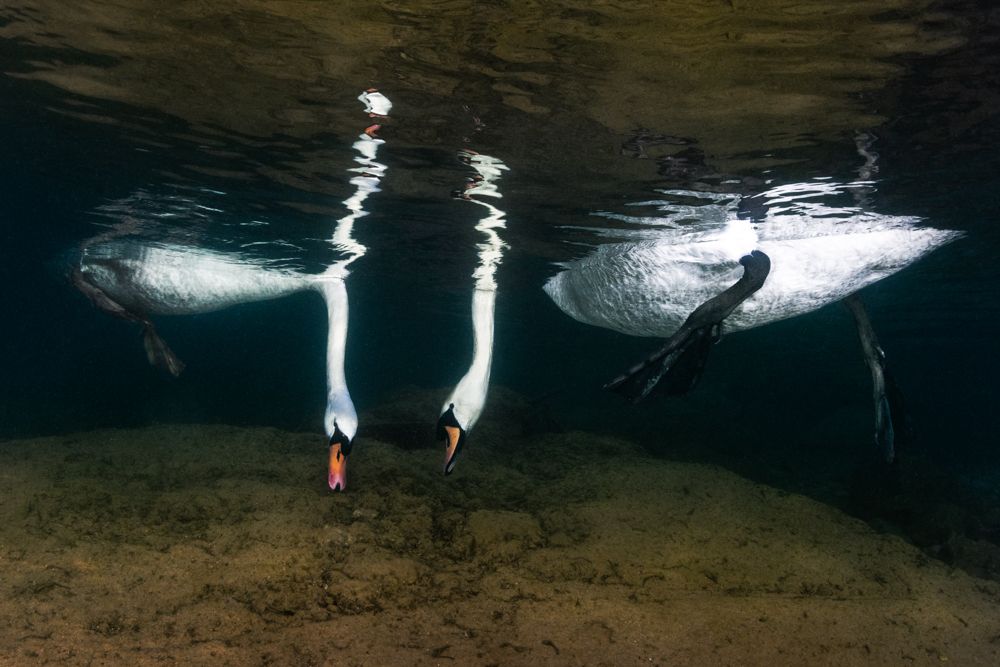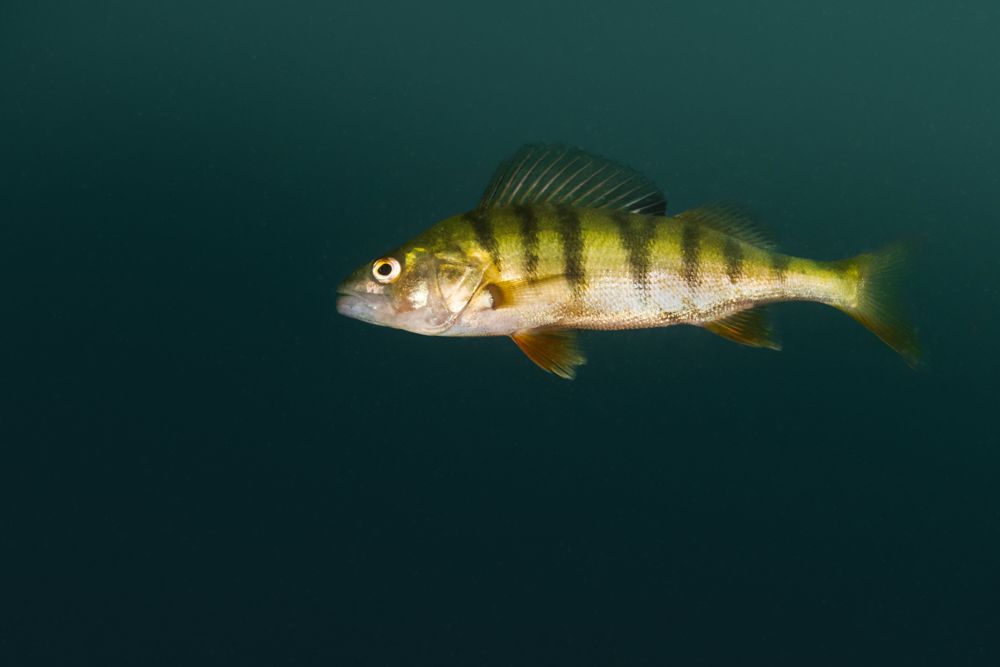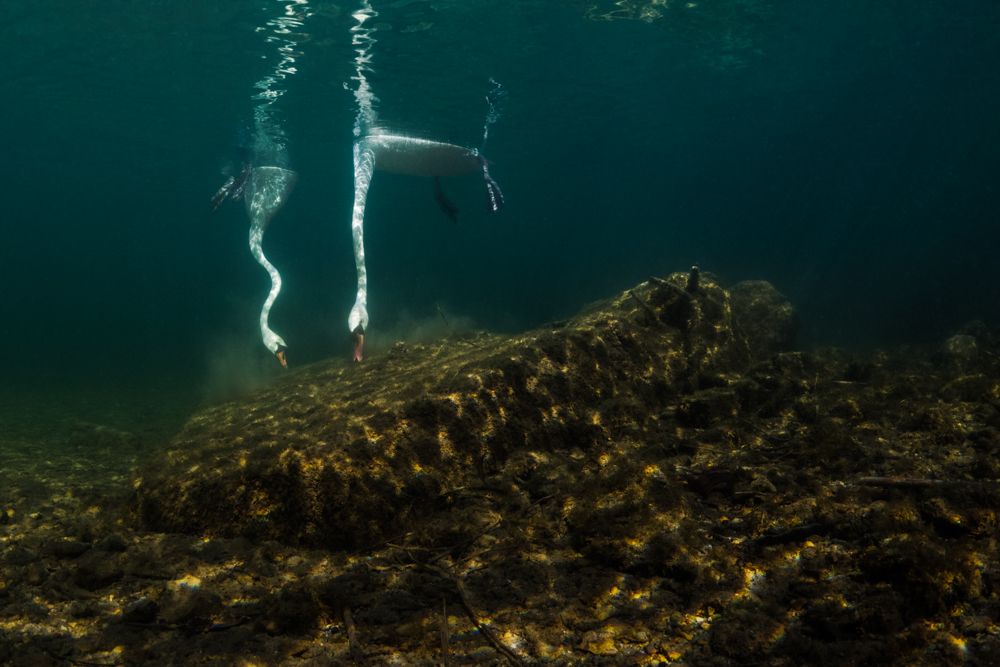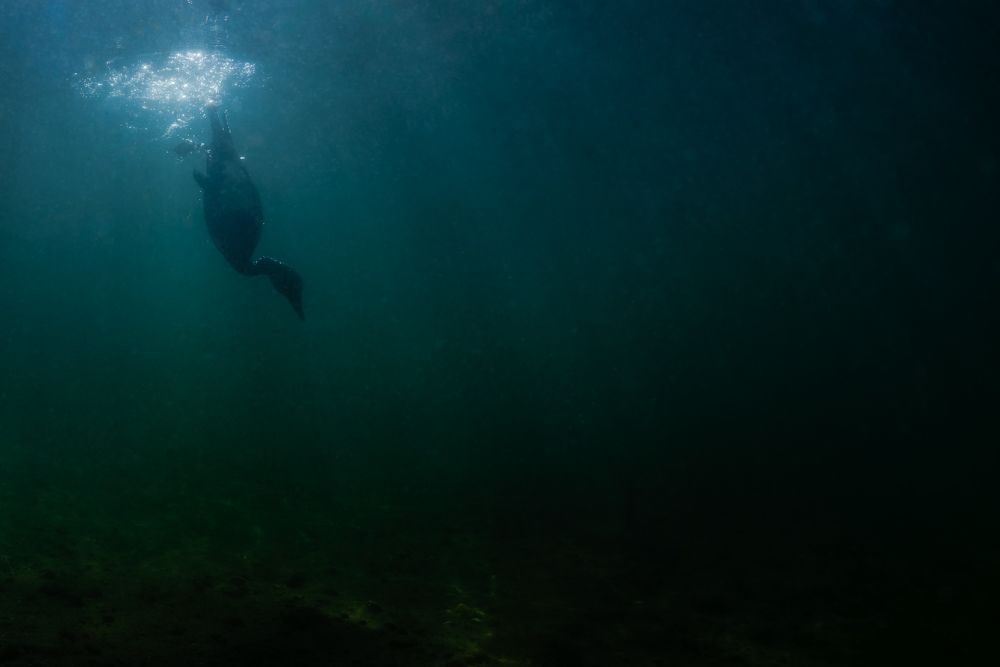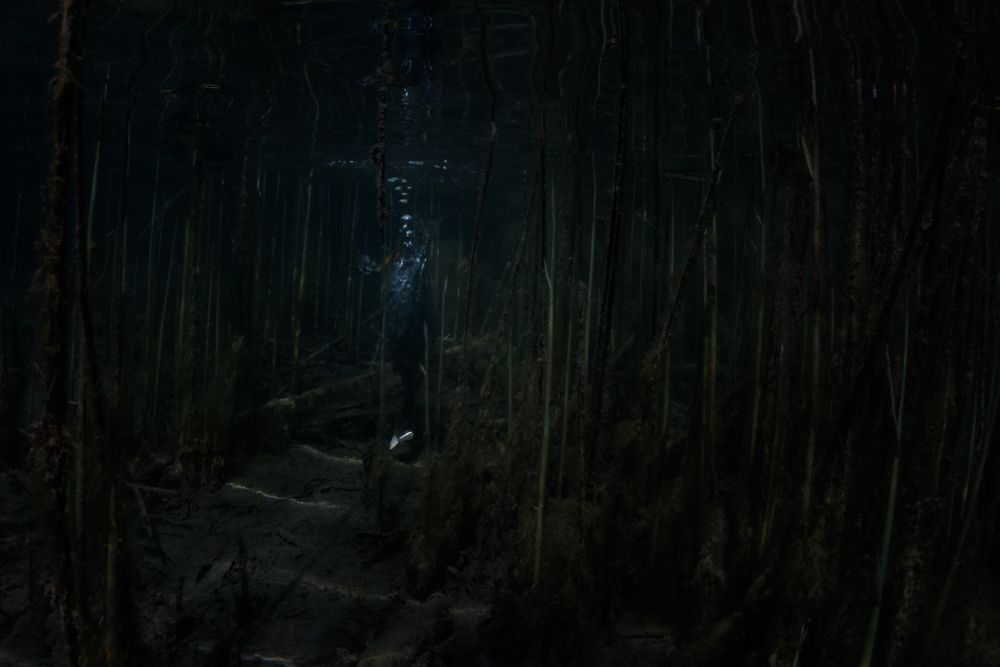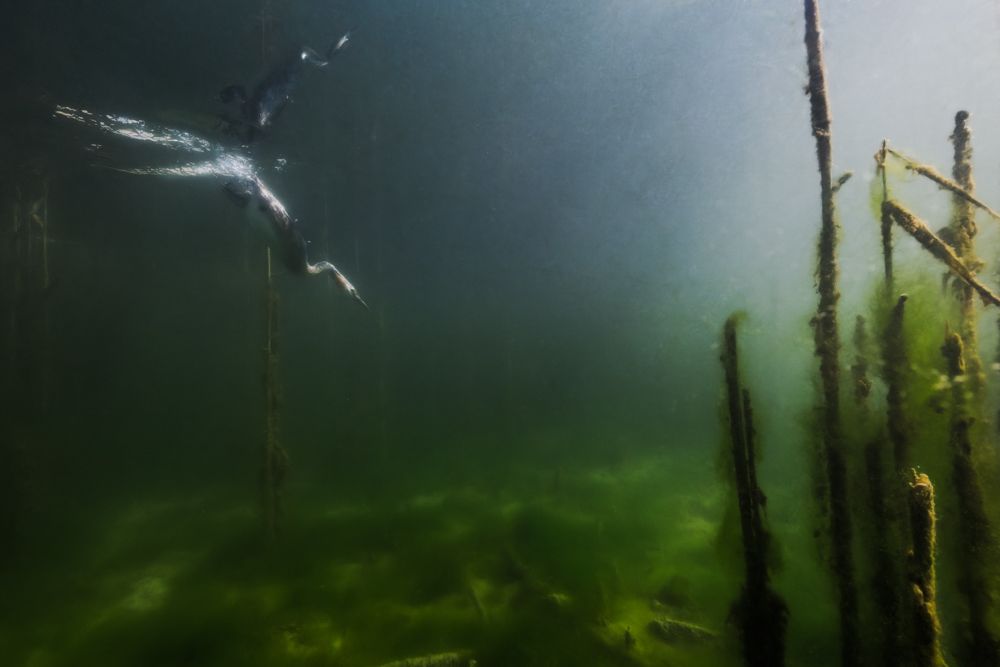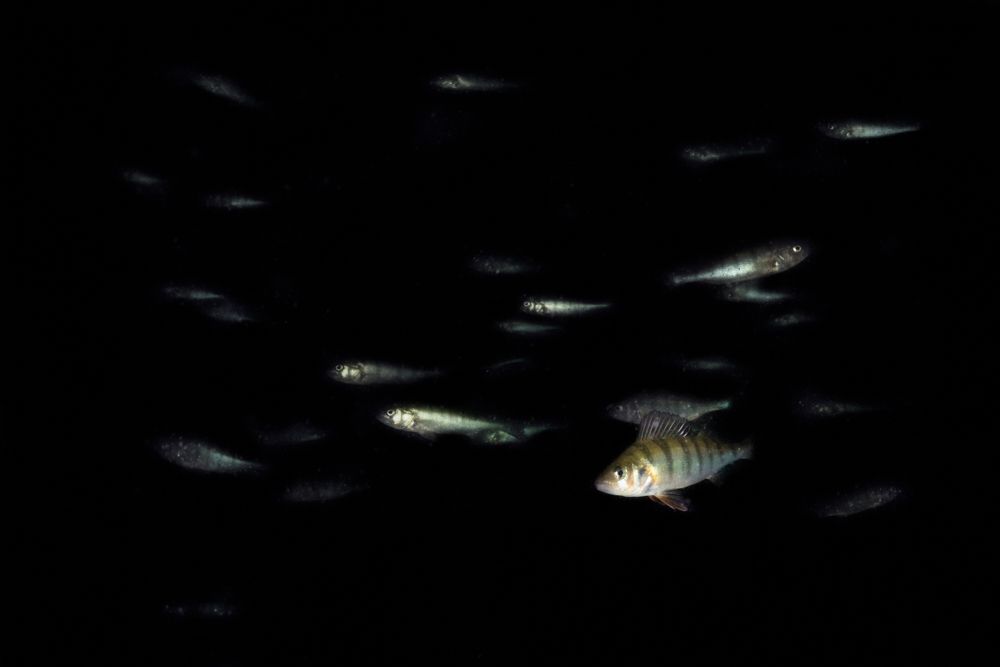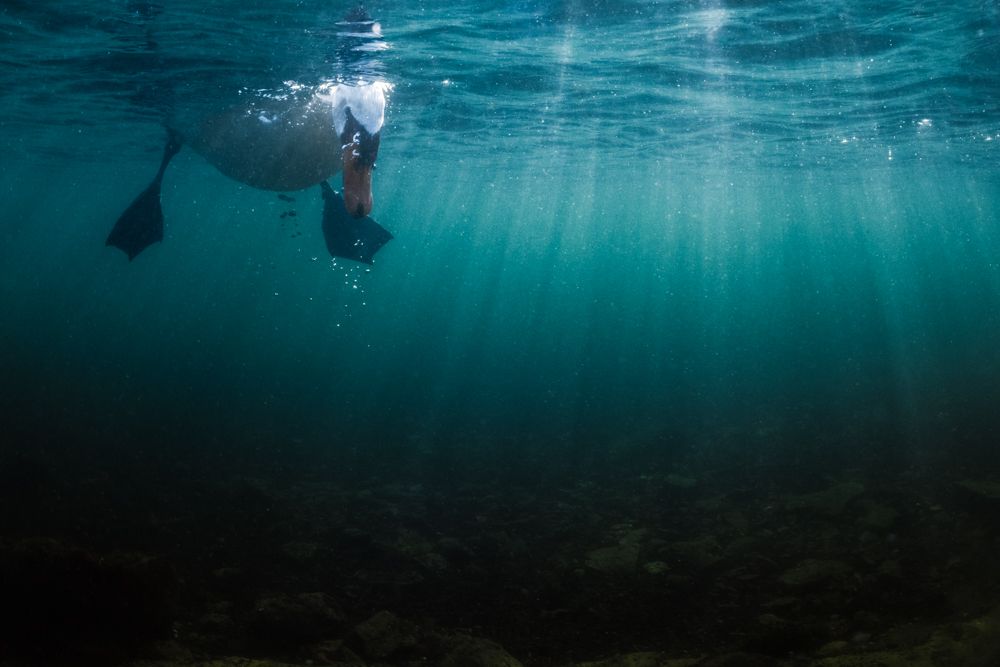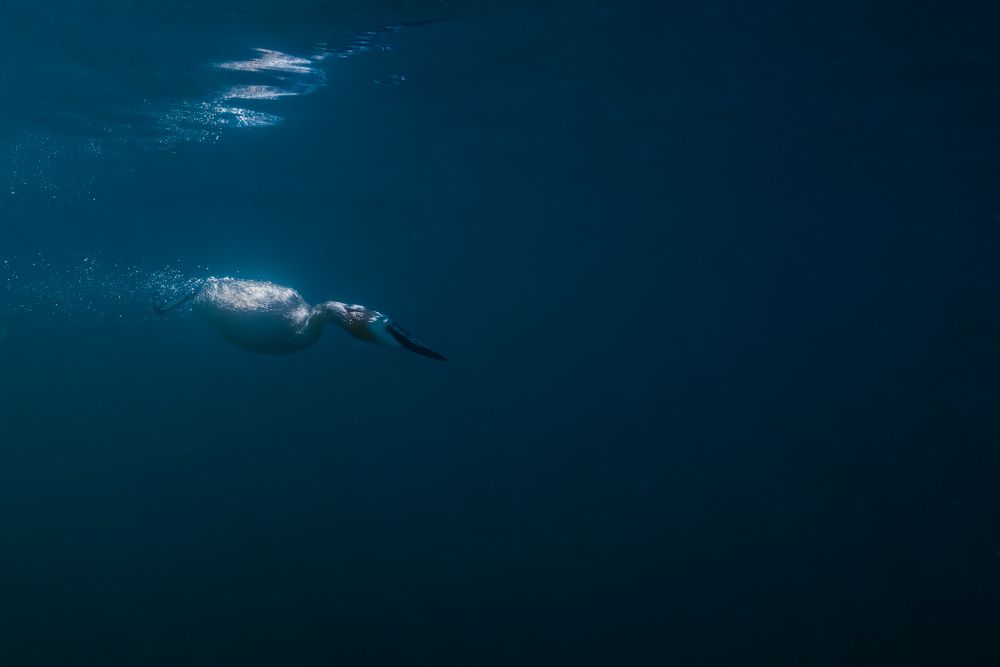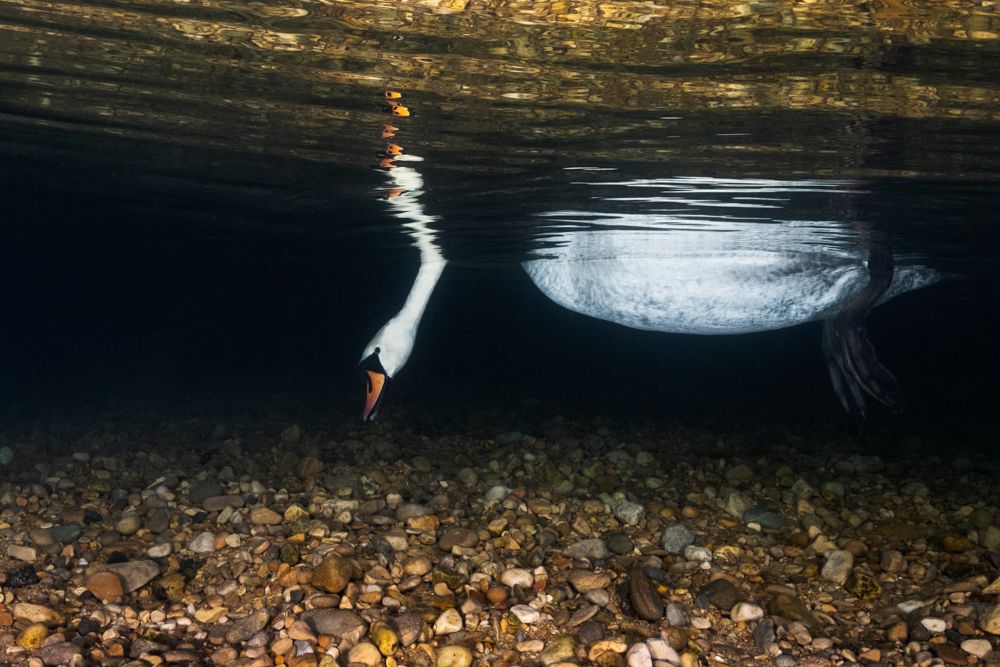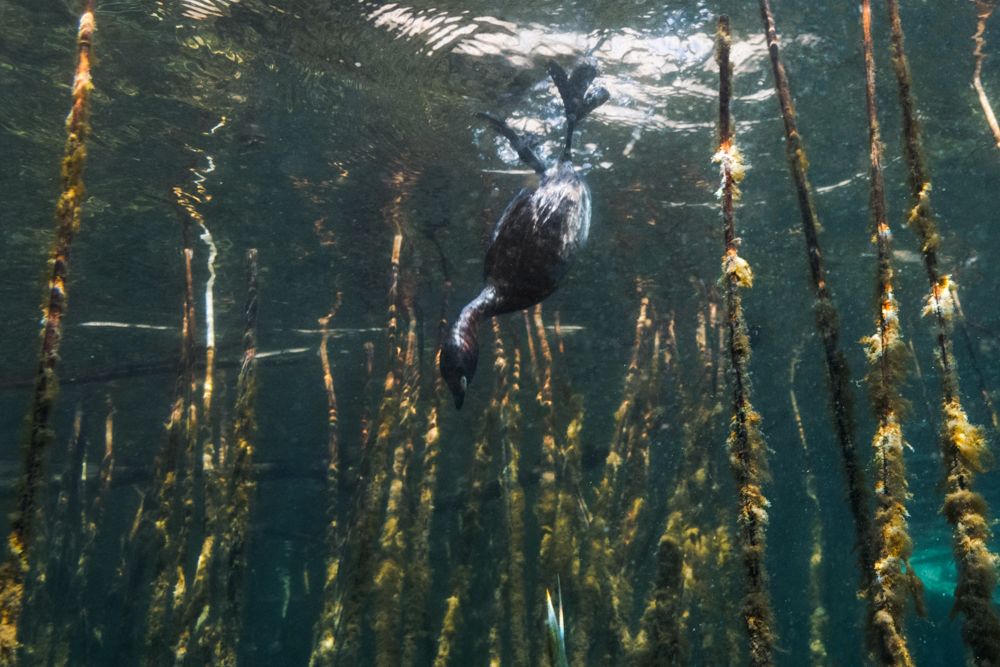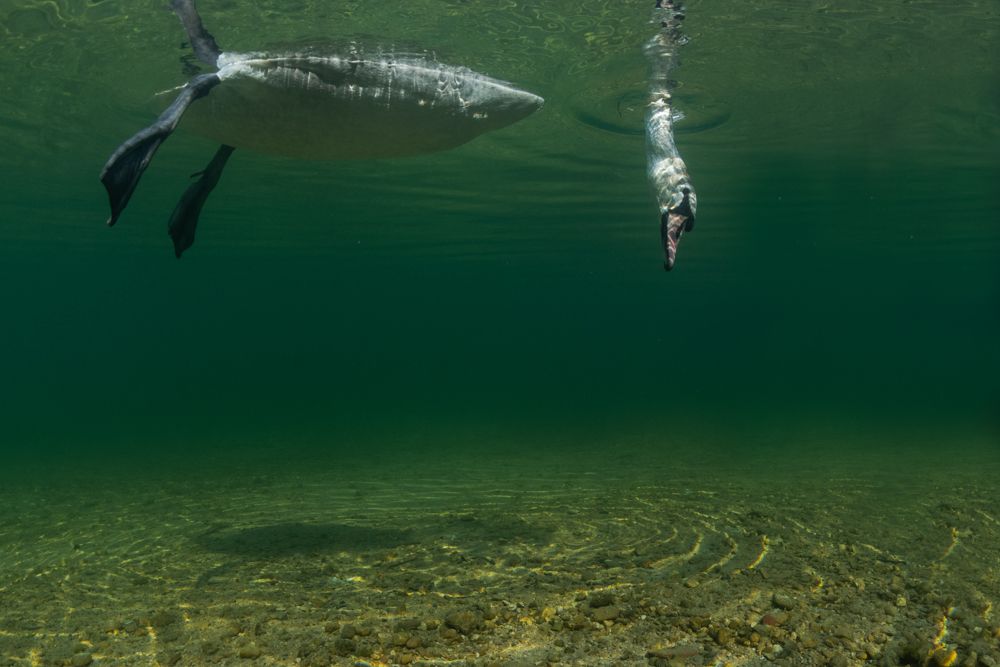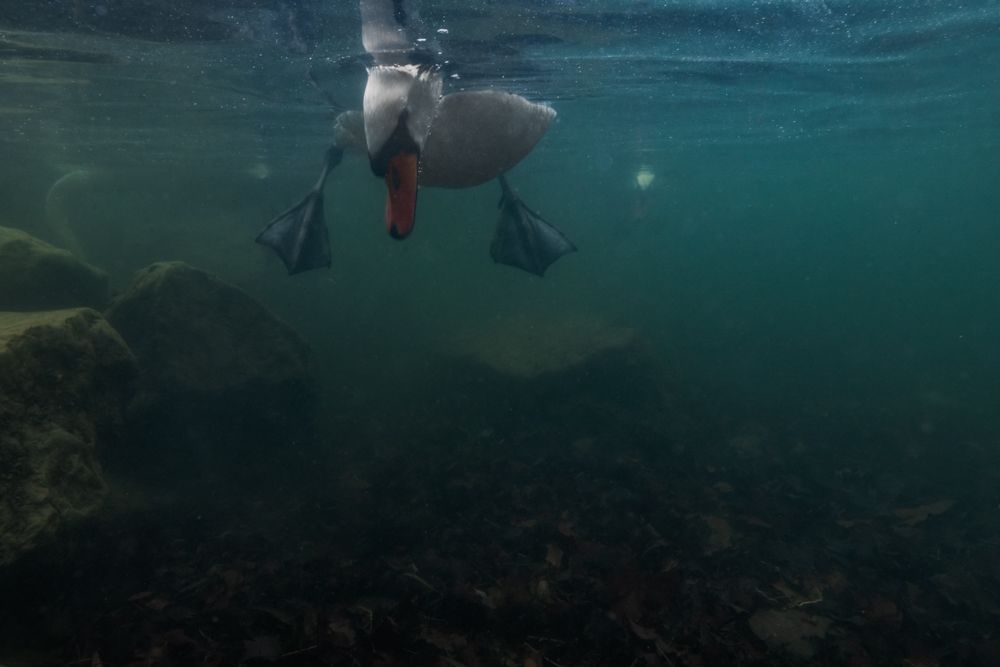Review of the Ikelite 200DL
Photographing animals underwater has been a dream of mine for a long time. Since the beginning of 2021, I finally have the opportunity to do so with an Ikelite underwater housing. I have summarized my experiences in this article.
The Ikelite 200DL is an underwater housing made of a polymer mix (ABS-PC) and therefore relatively light. Weighing only 2.2 kg, the housing is tested to 60m and allows virtually all camera buttons to be operated underwater. In addition, different lens ports are available to get the best quality out of each lens.
The Ikelite housing
For my Nikon D850, there are several manufacturers that produce a housing. Probably the best known for underwater housings are Nauticam followed by Ikelite. In addition there are smaller manufacturers like Subal Housings, Hugroty etc. In terms of price, the housings range from one and a half thousand francs to over one and a half times the price of the camera itself. So a good 5'000 francs. I decided on the Ikelite housing. This is with its 1'600 francs still on the "cheap" side. But if you look around in the underwater scene, you'll quickly realize that cheap takes on a whole new meaning. But more about the price later.
Only the housing itself is not enough to take the camera into the water. The housing also needs a lens port which houses the lens. To be able to use lenses of different sizes and focal lengths, the system is modular. For example, a dome port can be mounted for a wide-angle lens. The glass in front of the lens is curved so that the image is not distorted. For lenses with longer focal lengths, a flat port is used. This is mainly used for macro lenses, because at longer distances underwater the visibility is too bad for a long focal length.
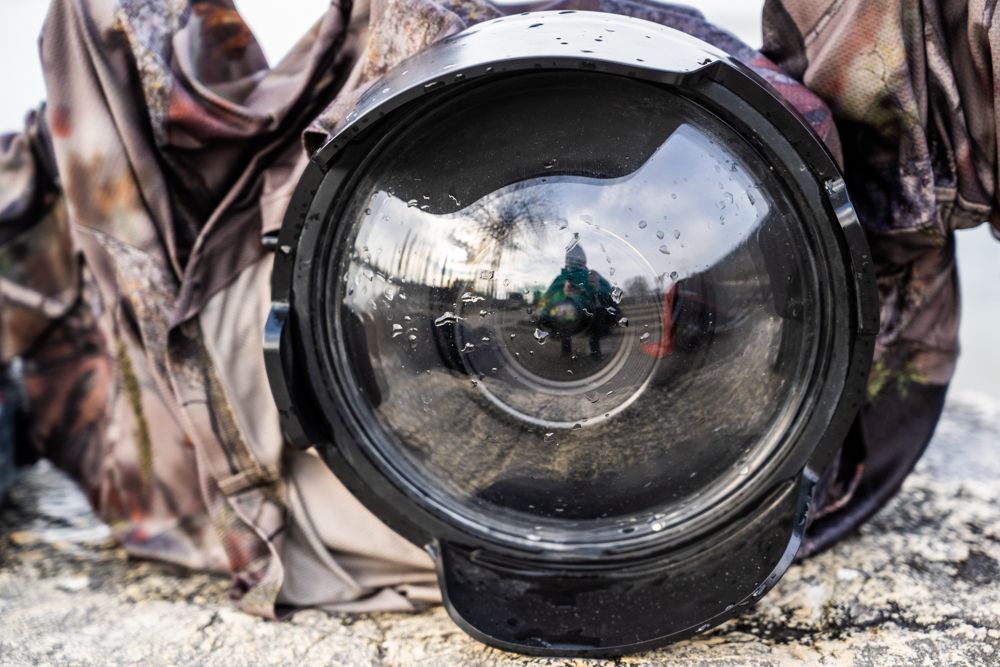
Operation
The Ikelite housing allows to control pretty much every button on the camera. Focus and shutter release are controlled by 2 small levers, the rest of the buttons are controlled by knobs on the housing, while the camera's dials are controlled by two wheels on the housing. In the water, however, these are not always quite so easy to operate. For example, setting the ISO value is quite a challenge, because you would actually need almost 2 right hands. With a little practice, however, you get the hang of it and can operate most of the functions while diving. Basically, however, you need much more time to adjust the camera.
Quality
Putting the expensive full frame camera in the water always takes some courage. A high quality housing makes it a bit easier. The Ikelite housing makes a good impression at first glance. Everything is well made and that still holds up true today. There are only two small remarks to be made.
The operating keys have some play and can move slightly. This does not seem to affect the tightness, but I would prefer more stable controls.
Another small point of criticism are the controls of the shutter release and the ON-OFF switch. There is an additional spring in the shutter release, so that the shutter release goes up again on its own. However, the spring is not optimally integrated into the system and I've had to bend the spring several times to get it right. While the camera can still be operated despite this small problem, this is partly no longer the case with the ON-OFF switch. At least with my housing, the switch almost never works. In order to avoid that I can no longer turn on the camera in the water, I leave the camera always on. Since I own a DSLR this is not quite so tragic. I can leave the camera like this for days. How that would look with mirrorless, I do not know.
With the exception of these small quirks, I am very satisfied with the quality.
Safety
As already mentioned, safety plays a big role in underwater photography. But it's not just the quality of the housing that matters, their application can also be critical. Depending on the system, how a housing is closed, a mistake can happen quickly.
The greatest risk present the O-rings. These form the seal between two components of the system and are prone to leakage if mishandled. With Ikelite housings, as with the vast majority of other housings, there is one O-ring for the lens port and one for the back plate. The big advantage of Ikelite is the back plate. It is completely transparent. This allows you to always have a look at the O-ring and the inside of the case. This is a big advantage over most other systems, which usually only have a small window for the camera display. So large amounts of water could enter without being seen. With the Ikelite housing, you can see it immediately and hopefully react.
The o-ring on the lens port is unfortunately not visible on the Ikelite housing either. To my knowledge, this is not possible with any of the manufacturers.
If you want even more security, you can also install an electronic leak detector. Ikelite itself does not offer this, but the leak detector can also be easily installed by other brands.
Another safety feature is the vacuum pump. With it, practically all the air can be pumped out of the housing. If there were a leak, air could immediately re-enter and you would notice it on the pump's display.
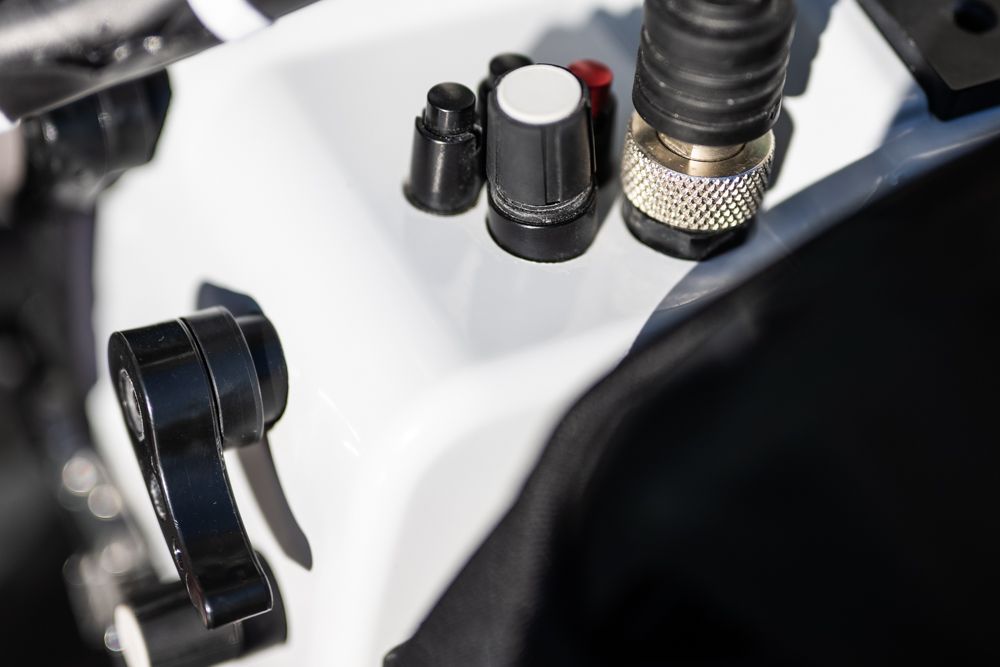
Maintenance
Of course, all camera equipment needs a certain amount of basic care in general. However, this is especially the case with an underwater housing. O-rings are made of rubber and therefore run the risk of becoming brittle over time. To prevent this, the rings must be regularly treated with a silicone gel. It is essential to use the silicone gel from the correct manufacturer. This is because the gels can vary in composition among manufacturers, which can lead to bloated or brittle O-rings. Both can eventually end in a leaking case.
In addition to the two large O-rings, there are many more small O-rings hidden under the many buttons and switches. Since these are not really easy to reach, it is recommended to have the case inspected by a dealer once a year. This also examines the case for corrosion. This should not occur due to the materials used, but it can still not be completely ruled out, especially after dives in salt water.
The dome port of the Ikelite is made of acrylic glass, which is much cheaper and lighter than normal glass, but it is also more susceptible to scratches. At least fine scratches can be polished out again.
Accessories
In the world of underwater photography, the amount of accessories is huge at first glance. If you look around a bit, this becomes even more extreme. Be it filters for the lens, special lenses with the name "wet lens", angle viewfinder, underwater monitors and other exotic stuff, for every little application niche you will find exactly the accessories that you need. However, the price is relatively high. Photo equipment for above water already costs a lot, but expensive gets a whole new meaning in underwater photography. Many of the things are really only accessories and not really necessary and so most things are probably nice-to-have but not essential and some things, such as a remote trigger, can also be soldered together yourself.
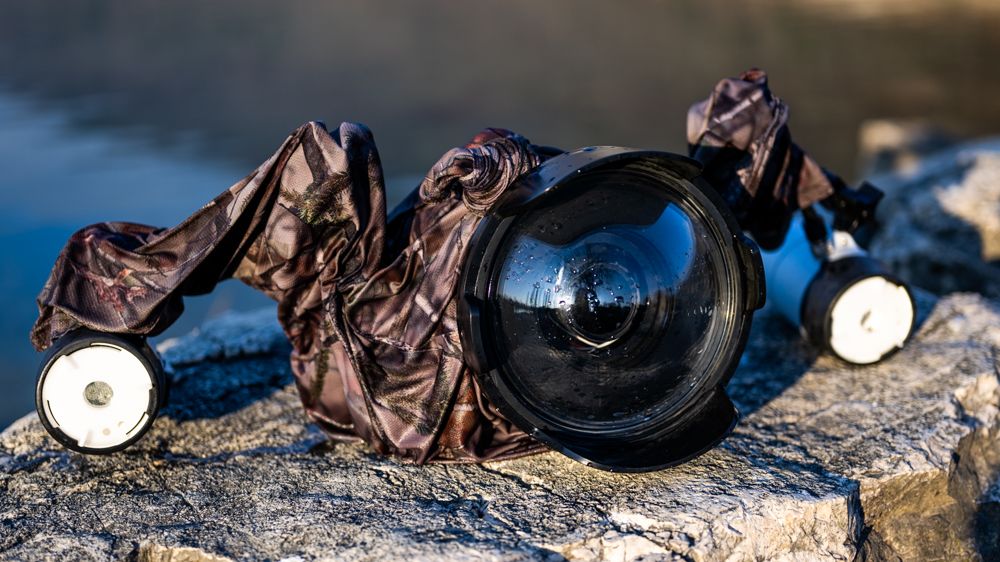
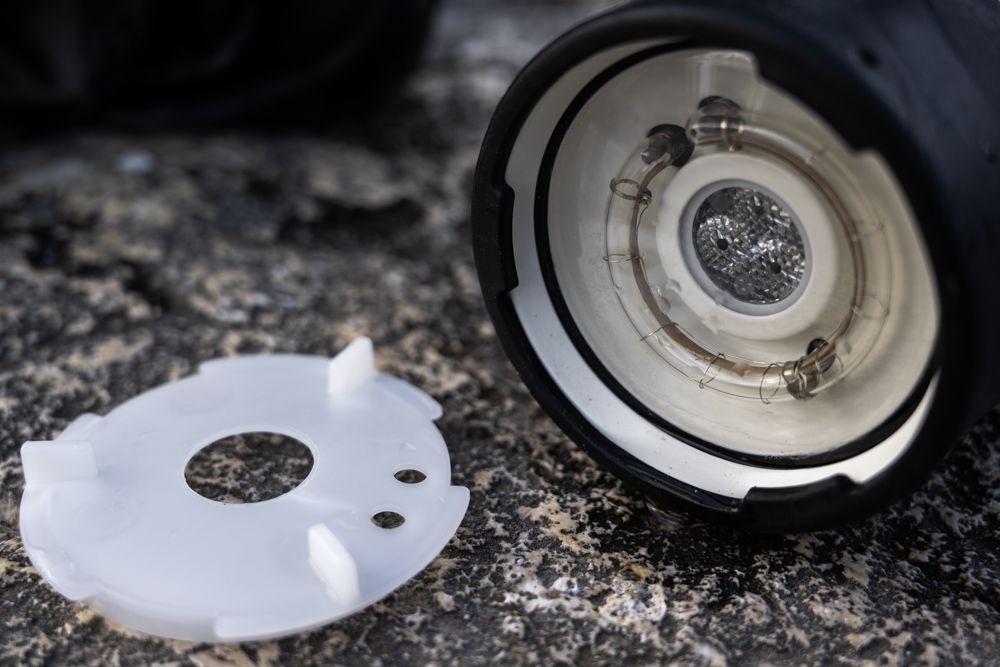
The light quality of the flashes can usually be adjusted very well. Be it via the brightness of the flashes, their position or through diffusers or color filters.
Price performance
Underwater photography is expensive. Considering the cameras you can take underwater, a slightly higher price is certainly justified. Putting an expensive camera into a cheap housing is certainly possible, but its risk is much higher. In the end, everyone has to decide for themselves whether they want to put their camera in a cheap housing or not. Even an Ikelite housing is still rather cheap compared to other housings. However, the products have convinced me and I can only recommend these housings.
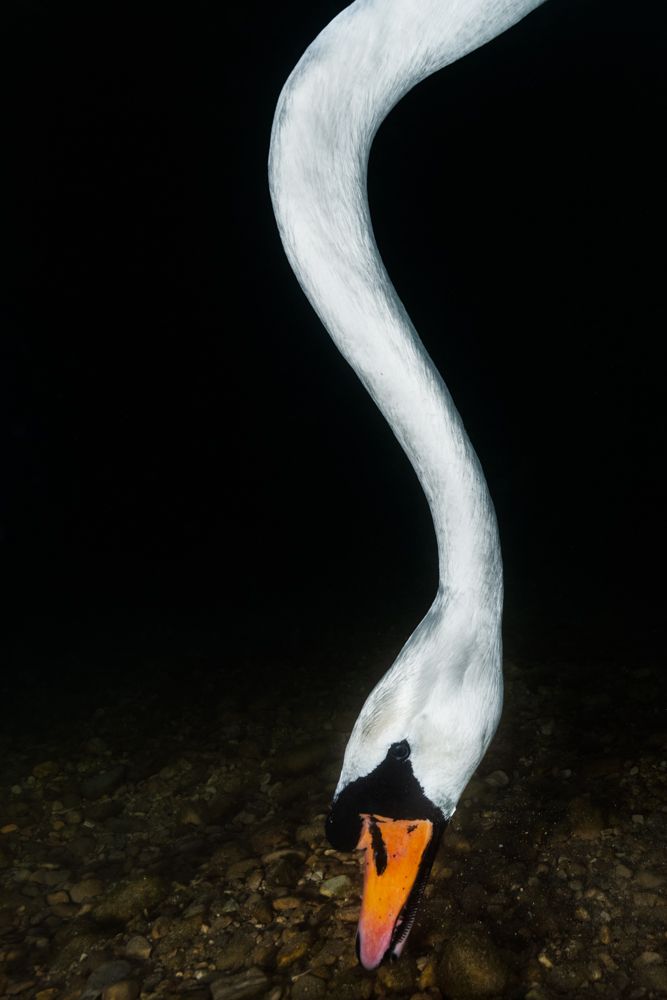
A mute swan searches for food underwater.


